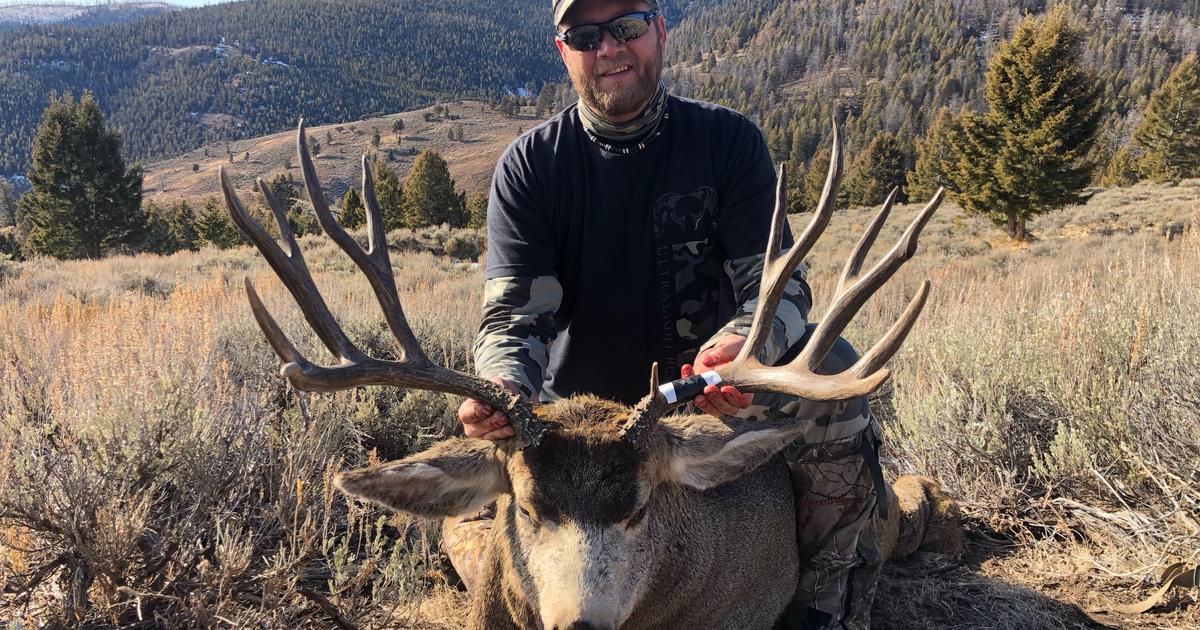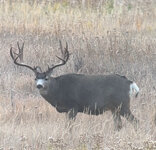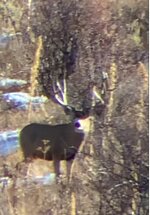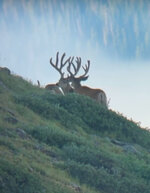The whole state is basically managed for opportunity, there are very few opportunities for a good limited opportunity, or better than otc opportunity.You already responded to a comment that would have matched mine but I will just say that my point is that the cost of managing for bucks older than 4.5 is not worth it in my eyes. It requires making hundreds of hunters sit out so that a few dozen hunters can shoot a deer that is marginally bigger. I didn't intend to give the idea that I think bucks peak at 4.5 years old. Some do and some don't. Some bucks never break 150 inches no matter how long they live. Some can be 180 inches at 3.5 years old.
This is an example of the cost of trophy management that I think goes too far. They have to get 10 deer to age 5 in order to get 2 deer to live to age 8. There are a lot of good bucks dying along the way of natural causes and a lot of lost opportunity for people to get out and hunt so that 2 people can kill a giant.
I have to ask what you mean by sustainable. Current low deer numbers are not the result of unsustainable hunting pressure. High deer numbers are unsustainable when heavy winters come along and kill them in large numbers. As long as we have winterkill we will need to understand that deer populations will continue to rise and fall. Treating every dip in population as an emergency that requires drastic management changes is not helpful. In Idaho hunter numbers seem to rise and fall naturally with the deer herd. There are nearly 20,000 fewer deer hunters pressuring our herd now than there were 5 years ago and we didn't have to create any limited entry hunts or choose your unit/weapon to do it. (We did eliminate most antlerless opportunity)
Your winter kill analogy is broken, if you 50% of 1000 die you have 500 if 50% of 2000 die your left with 1000. Winter will disproportionately kill the young and old.
If you look at the popular OTC units on the western side of the state, the numbers have increased every year almost. Where are you finding 20K less deer hunters?
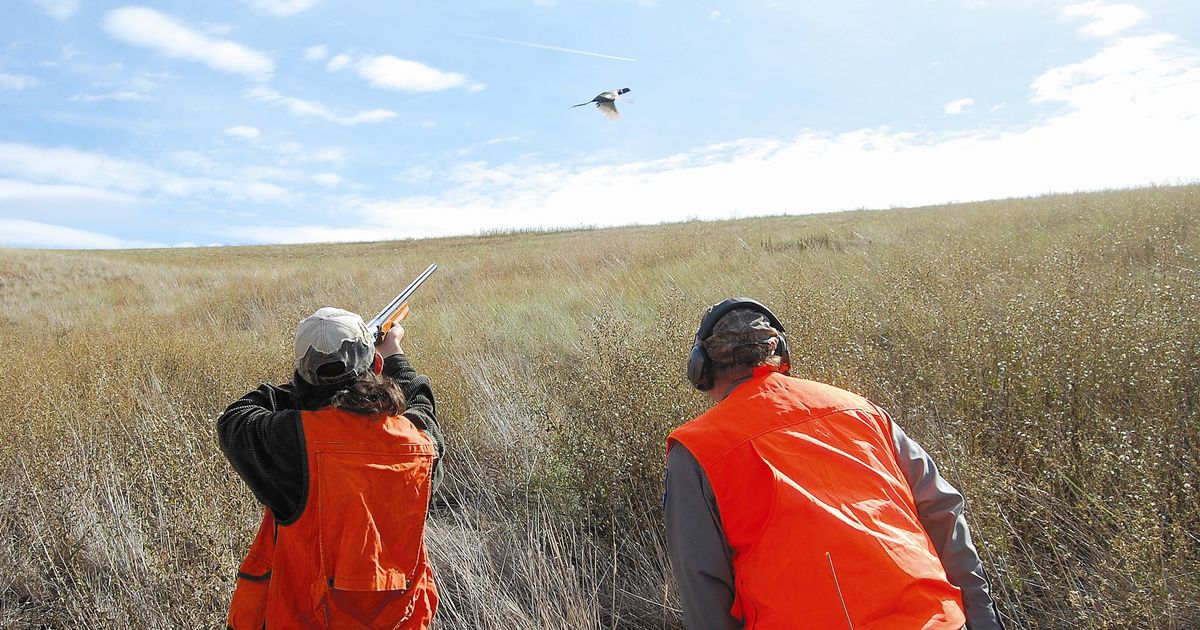
As hunter numbers plummet across the U.S., Idaho sets records — for now
For years, hunting advocates have been sounding the alarm as
It seems like we’re getting more residents, selling more tags, and our sport is increasing.

